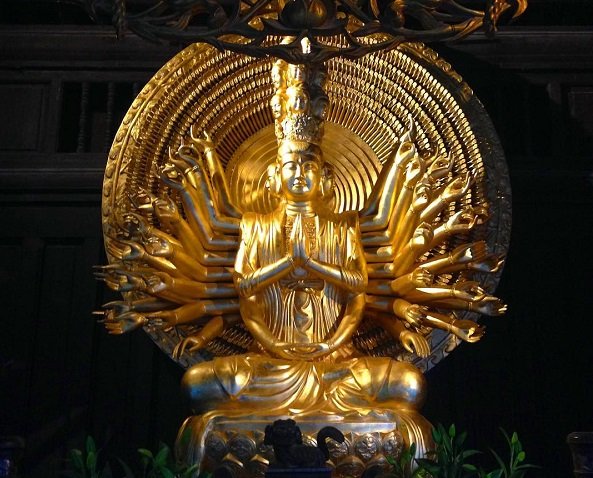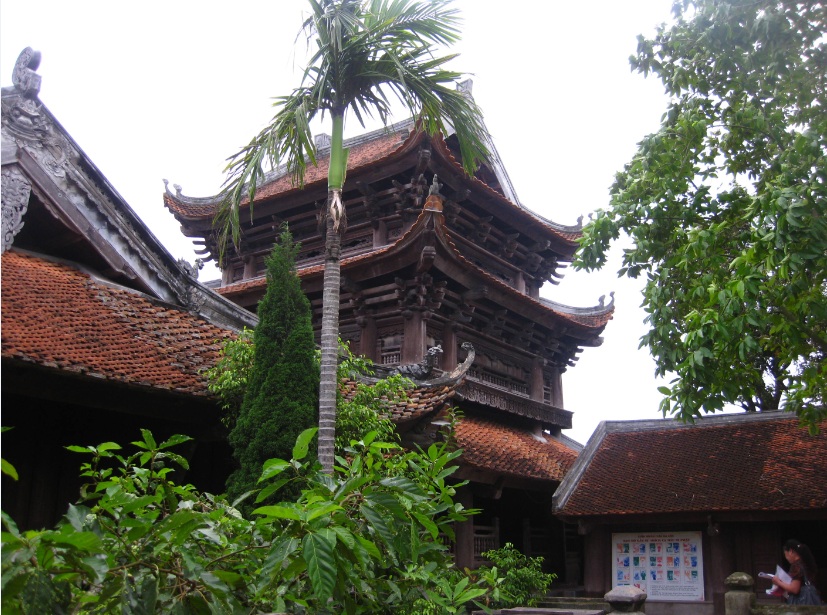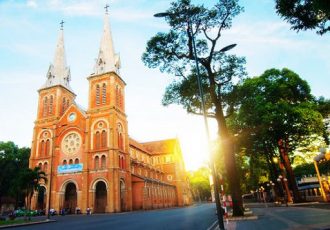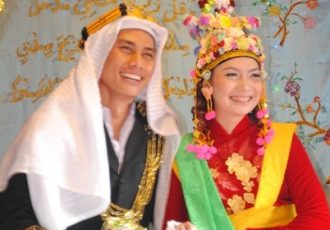The history of Buddhism
Born in North India in the sixth century BC, Buddhism is a religion developed by Prince Diddharta Gautama. He saw in it a remedy for human suffering. This detachment would make it possible to escape the cycle of reincarnations and to access nirvana, a state of supreme bliss.
Siddharta Gautama preached non-violence, universal love and chastity.

The different currents of Buddhism
In Vietnam, Mahayana Buddhism, or Great Vehicle (Dai Thua or Bac Tong), imported from China, is largely in the majority. While Buddhism hinayana, or small Vehicle (Tieu Thua or Nam Tong), imported from India; is observed only by the approximately four hundred thousand Cambodians who live in the Mekong Delta. Mahayana followers recognize the existence of countless Buddhas, as well as that of the Bodhisattva, sages who refuse to enjoy nirvana and reincarnate among men in order to deliver them from suffering. The disciples of the Little Vehicle recognize only the historical Buddha, Siddharta Gautama, and advocate only individual salvation.
In Vietnam, this Mahayana Buddhism is divided into two main movements: The Dhyana School (Zen, or Thien, in Vietnamese), the oldest; and the agama school, known as the “pure land” (Tinh Do), better known as amidism.

The school of Dhyana, based on a deep personal asceticism, advocates sudden enlightenment, the total vision of things by the detachment of the mind from all precise thought. Nourishing no particular intention, the disciple can escape Karma (his destiny determined by the weight of all his past actions, his previous lives) and therefore the cycle of reincarnations. It is from this school that most Vietnamese monks claim to be.
For its part, the Pure Land sect teaches that it is enough to worship the Amitabha Buddha, who rules over the Paradise of the West, or Pure Land, to be reborn there. The main practice is to recite a short prayer invoking Amitabha’s protection and mercy.
It was during the dynasties of Ly (1010-1225) that Buddhism really took off in Vietnam. Indeed, these sovereigns administered the country by relying on monks, who then constituted the bulk of the cultured elite. Buddhism reached its peak from the eleventh century to the beginning of the fourteenth century. With the help of the general subsidies they received from the princes, the monasteries were able to constitute large land estates.



